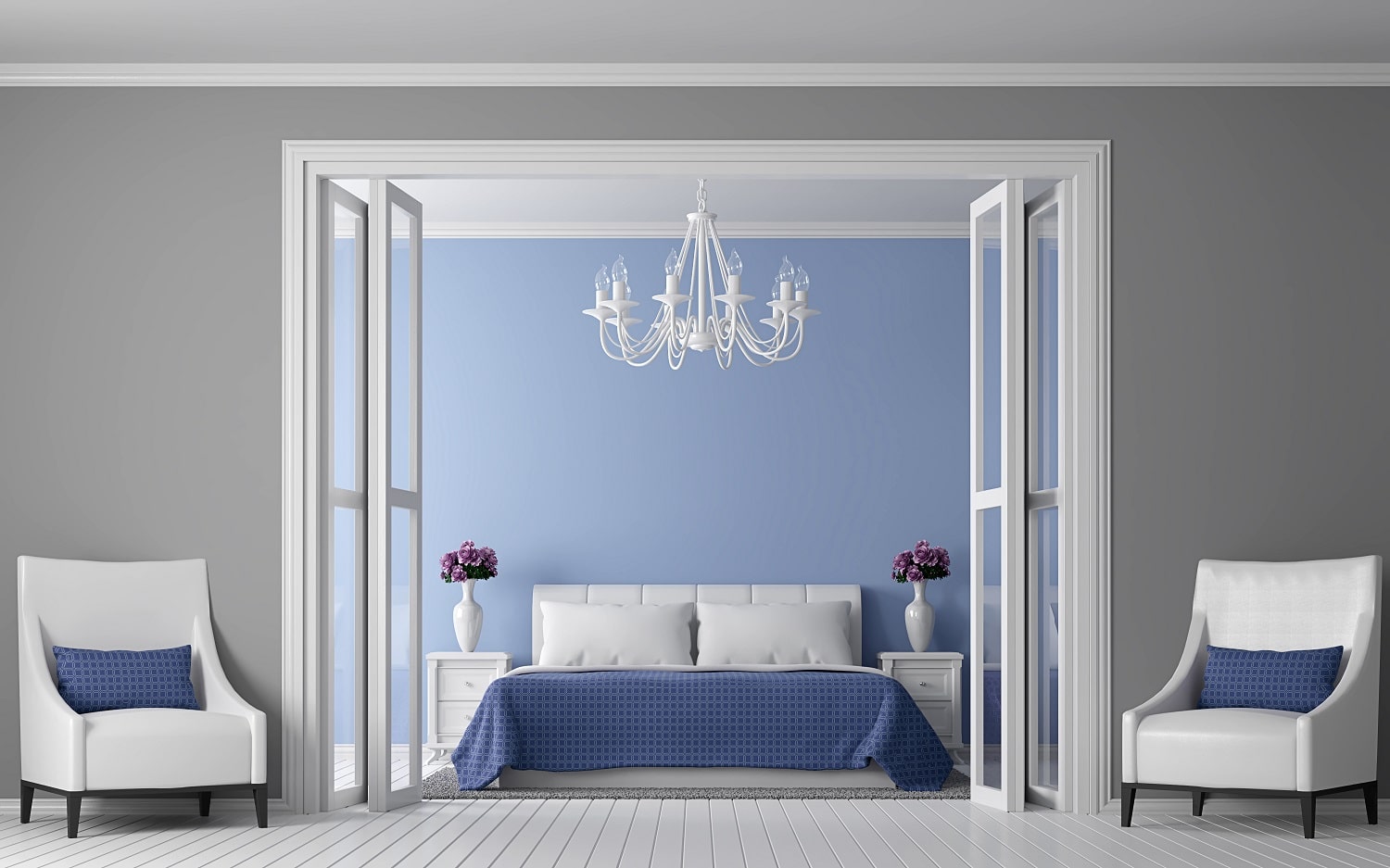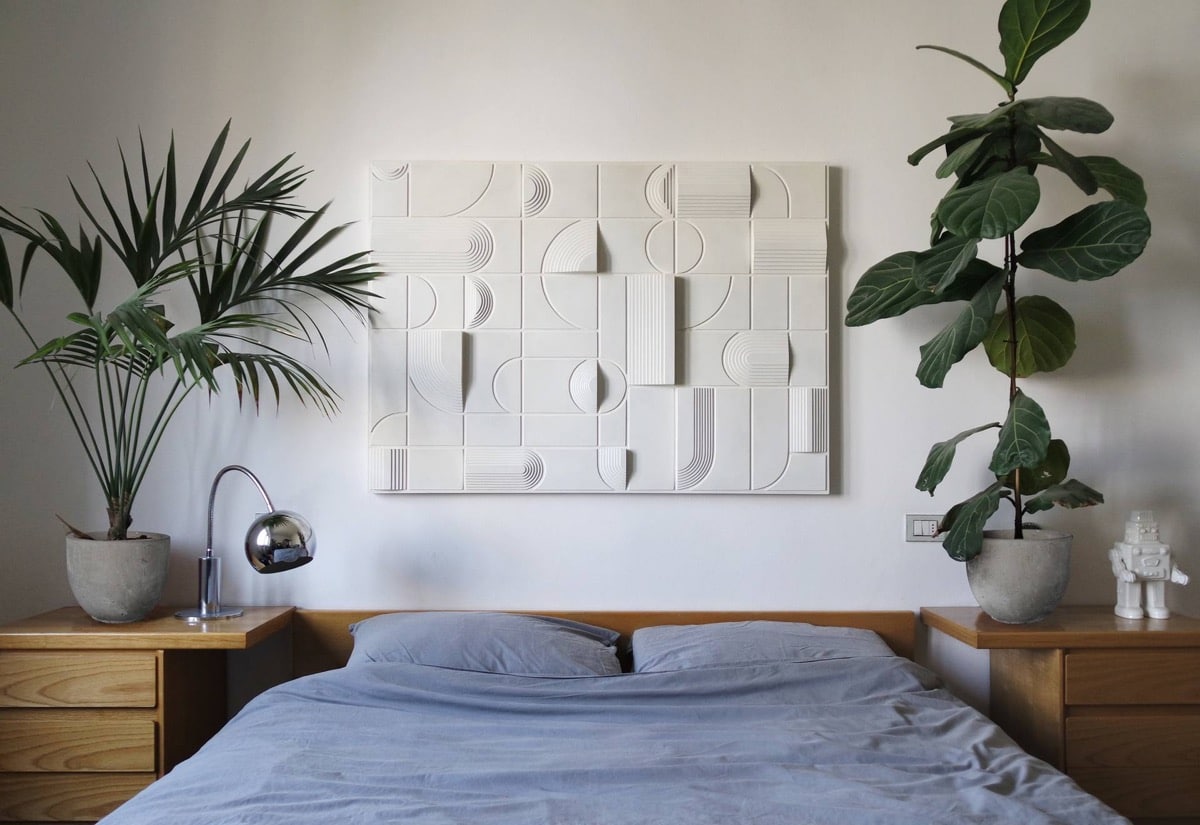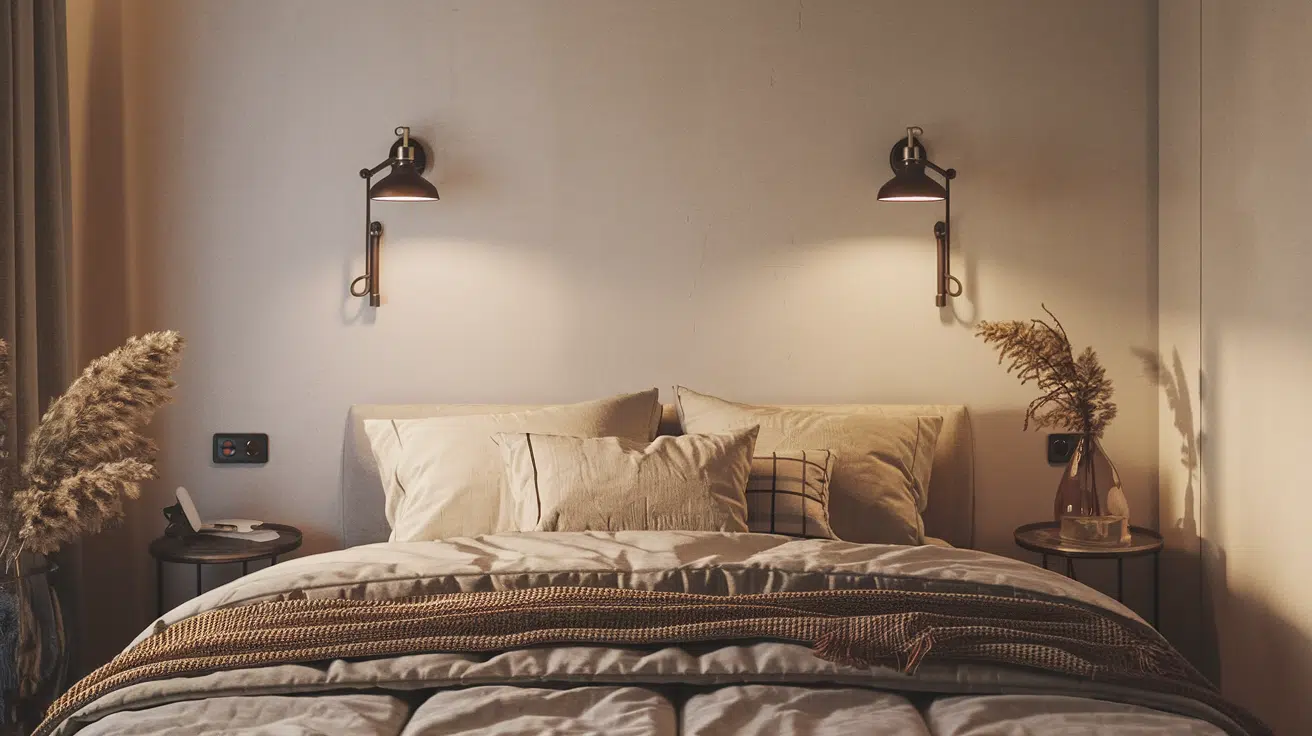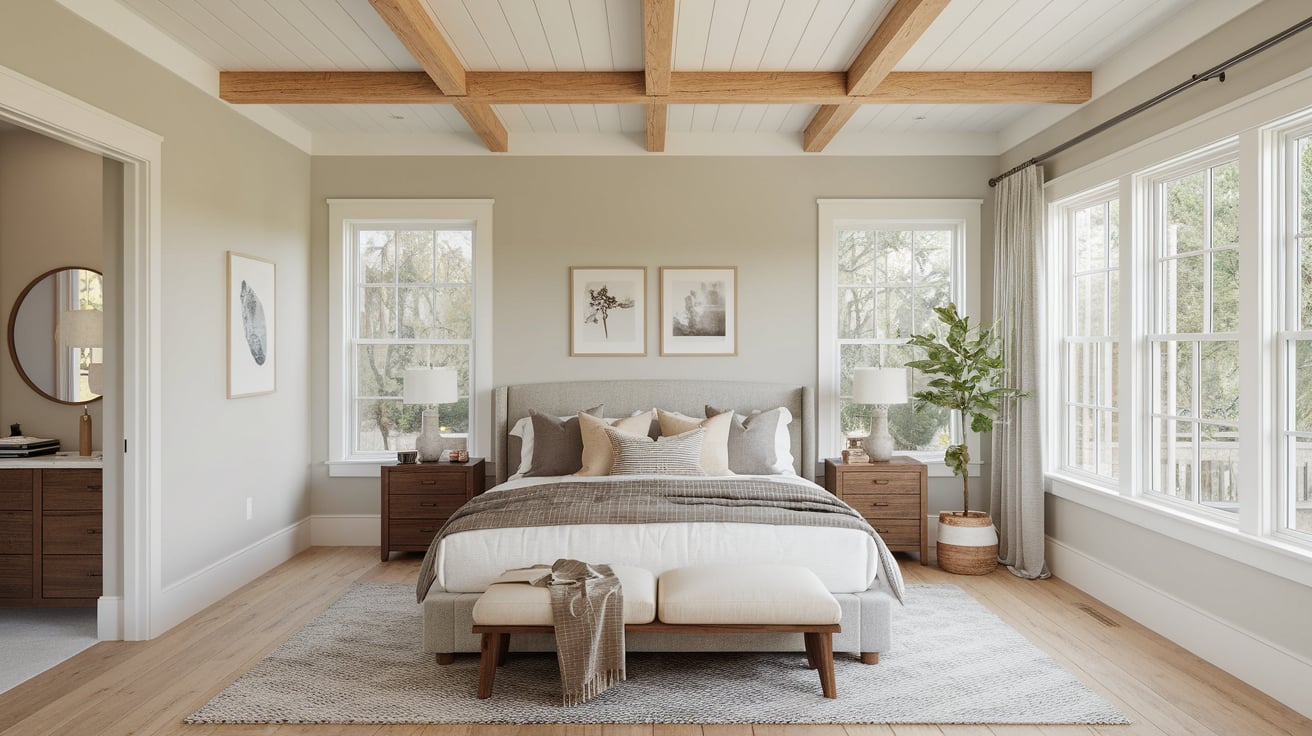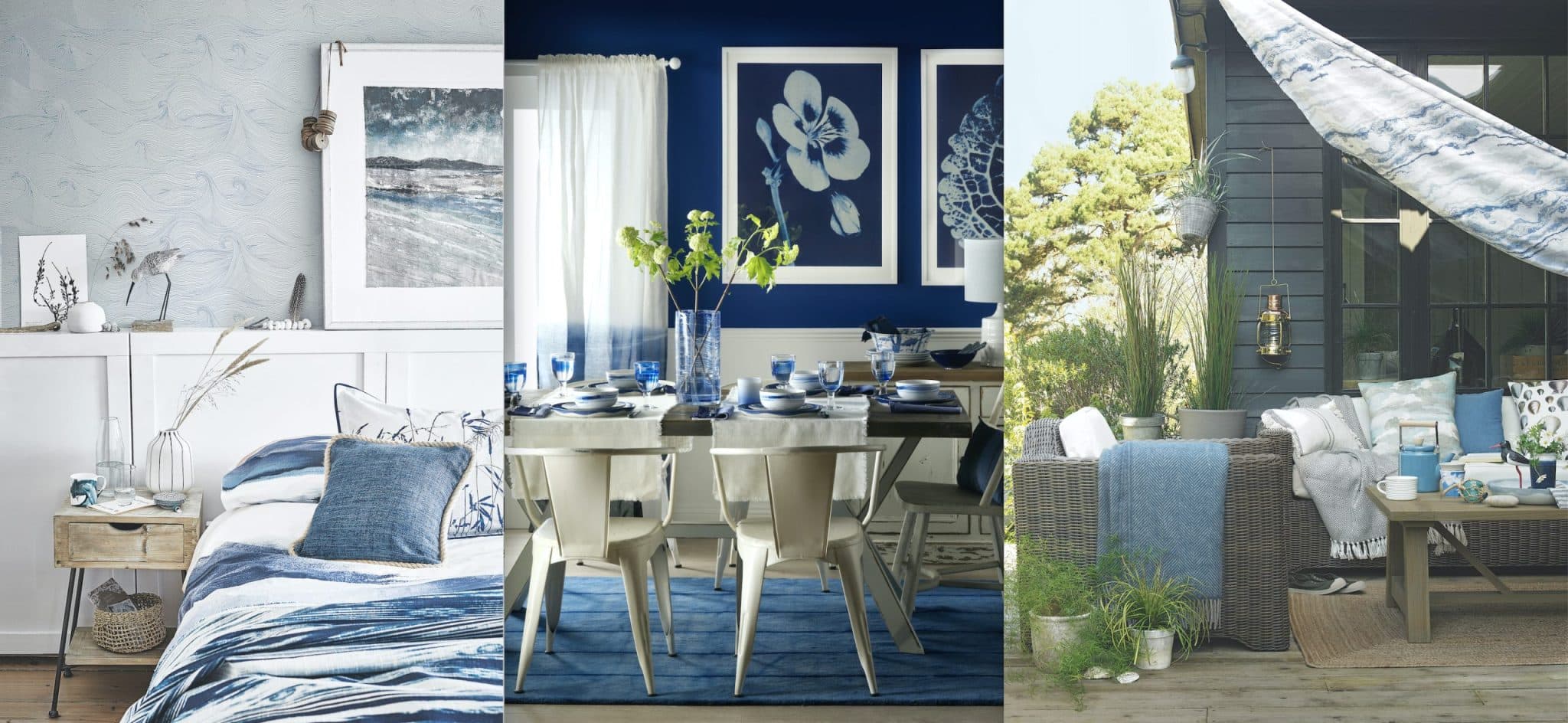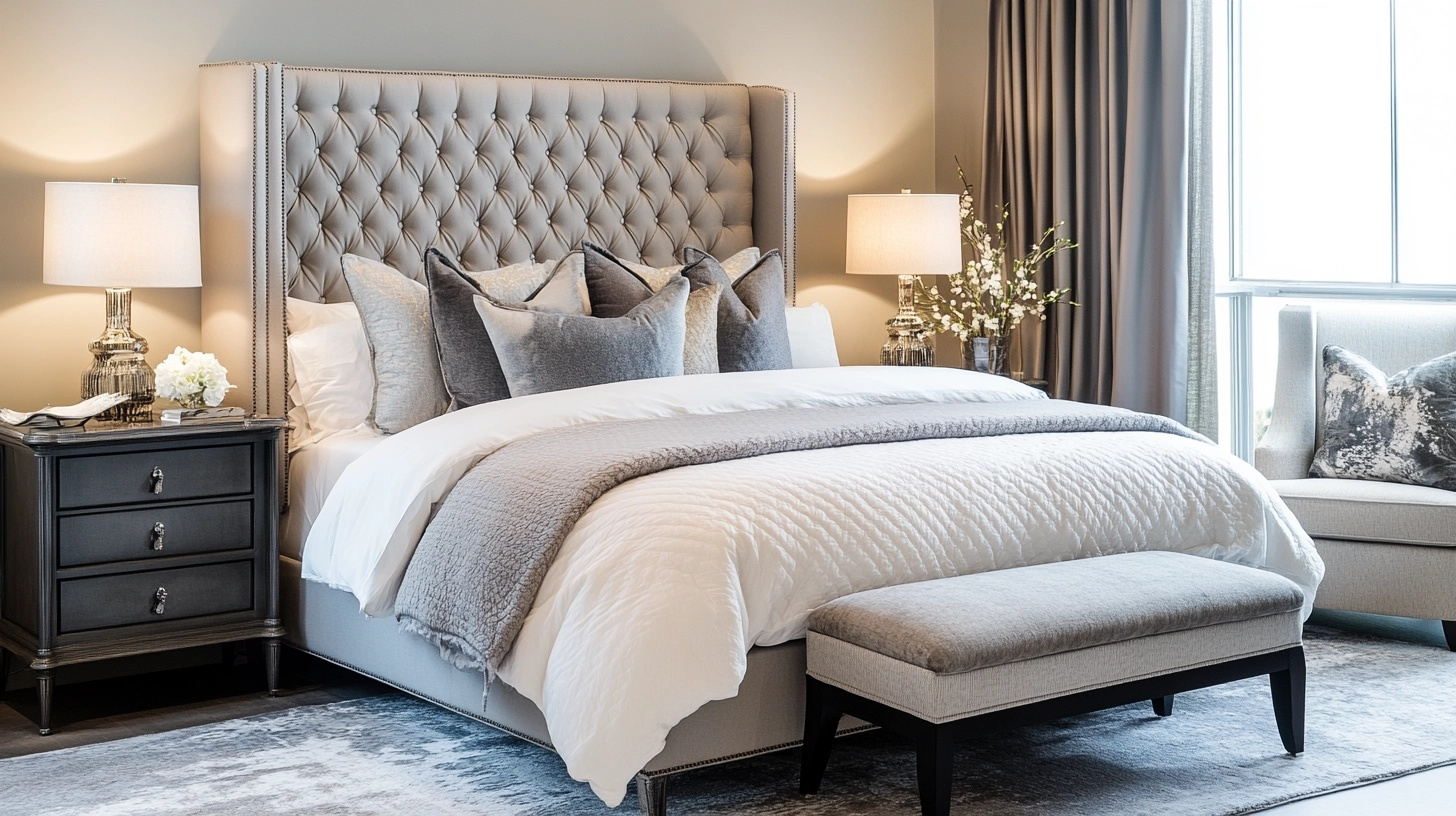How to Choose the Right Paint Color for Your Bedroom
Selecting the right paint colour for your bedroom in your South Auckland house can often feel overwhelming due to the wide array of options available. However, with thought and planning, you can effortlessly transform your bedroom into a serene and inviting sanctuary. In this article, we will explore strategies for choosing the right paint colour for your bedroom.
1. Consider the Desired Mood and Atmosphere:
The initial step in deciding on a paint colour for your bedroom is to determine the mood and atmosphere you wish to create. Are you yearning for an oasis where you can unwind after a long day? Do you prefer an invigorating space that energises you in the mornings?
Cool colours such as blues, greens, and purples evoke feelings of tranquillity and relaxation, making them great choices for those seeking serenity in their sleeping space. On the other hand, warm colours like reds, oranges, and yellows exude energy and warmth—perfect for bedrooms where an invigorating ambience is desired. Consulting with professional painters in South Auckland is always a great idea.
2. Evaluate Natural Lighting:
The amount of light present in your bedroom significantly impacts the selection of paint colour. Rooms with sunlight tend to showcase warmer colours compared to those that are partially or fully shaded. To make an informed decision, take note of how natural light enters your room at different times of the day.
If your bedroom receives plenty of light, you have the freedom to choose a range of colours since various shades will come to life in this setting. On the other hand, if your room lacks light or faces northward without direct sunlight throughout the day, it’s advisable to opt for lighter shades to counteract any potential darkness.
3. Consider Room Size:
Consider the size of your bedroom well when selecting paint colours. Larger rooms often benefit from darker hues as they create an intimate atmosphere. Shades like charcoal navy blue can also add depth and character to areas.
Conversely, smaller bedrooms may benefit from tones such as pastels or light neutrals. These colours have the ability to open up the room, making it feel more expansive and airy. It’s important to strike a balance that doesn’t overpower the space but still creates the desired ambience.
4. Keep Existing Decor in Mind:
When choosing paint colours, also keep your bedroom’s existing decor and furnishings in mind for a balanced aesthetic. Take into consideration fixed elements, like flooring, furniture pieces, or accent items. Look for colours that complement or enhance these existing features. If your bedroom has a theme or style, it’s a good idea to choose paint colours that align with it. When you go shopping for paint, you can use colour swatches to make sure the shades you pick match well with the existing decor.
5. Try out sample paints:
Once you have narrowed down your options, it’s recommended to test them in your bedroom before making a decision. Get pots of your chosen paint colours and apply them on a small section of the wall. Pay attention to how they look in lighting conditions throughout the day. Keep in mind that paint colours can appear differently under different lighting sources, so it’s important to evaluate them both under daylight and the artificial lighting typically used in the room during evenings.
6. Get inspiration:
If you’re still unsure about which paint colour would be perfect for your bedroom, look for inspiration from magazines, websites, or social media platforms dedicated to design. Collect images that resonate with you and notice any recurring colour palettes or themes. Consider creating a mood board or collage using these images as an aid to see how different hues might work together within your own space.
7. Consult professionals:
If you ever find yourself overwhelmed by the multitude of choices or unsure about what would be best for your bedroom, don’t hesitate to reach out for help from designers or decorators. They can provide expert guidance tailored to your preferences and needs. These professionals possess knowledge of colour psychology, design principles, and current trends. Their experience can assist you in selecting the paint colour that best aligns with your vision of a peaceful bedroom.
Conclusion
The selection of the paint colour for your bedroom is a decision that should reflect your style and create the desired ambience. By considering factors such as mood, natural lighting, room size, and existing decor and seeking inspiration from professionals or online resources, you can create a space that feels like a retreat. So take your time, explore options, and trust your instincts as you embark on this journey of transforming your bedroom with colour. Choose wisely and relish in the transformation!

